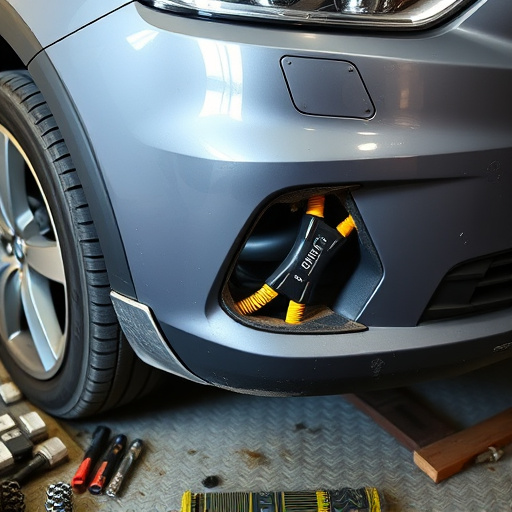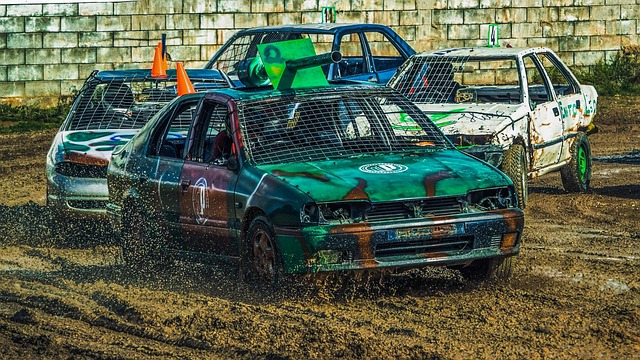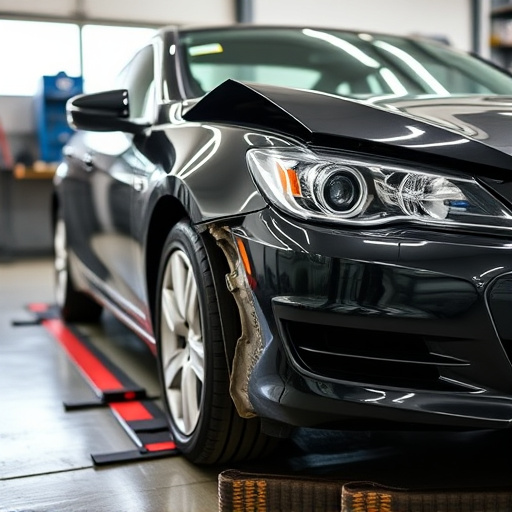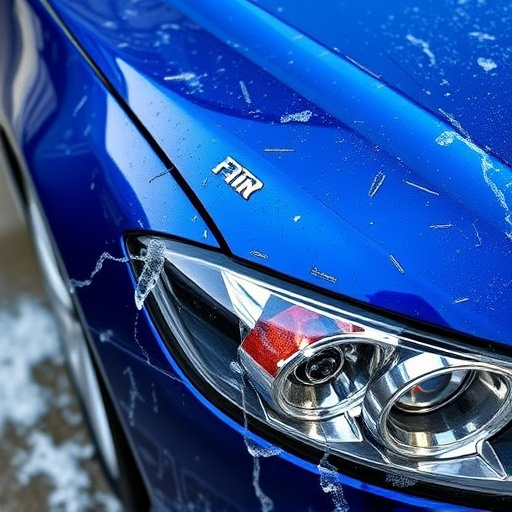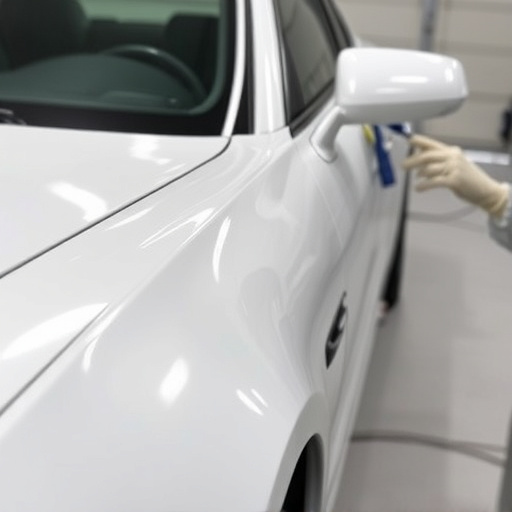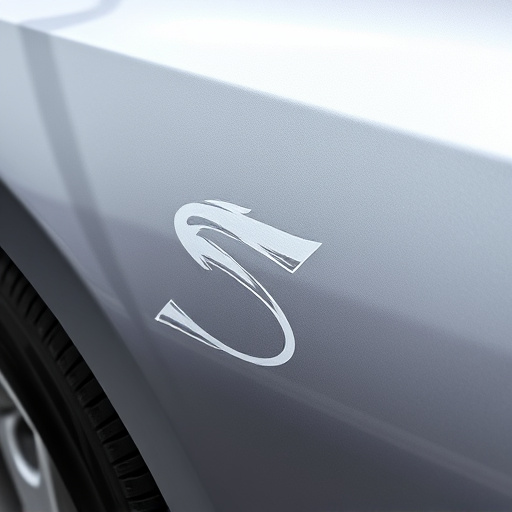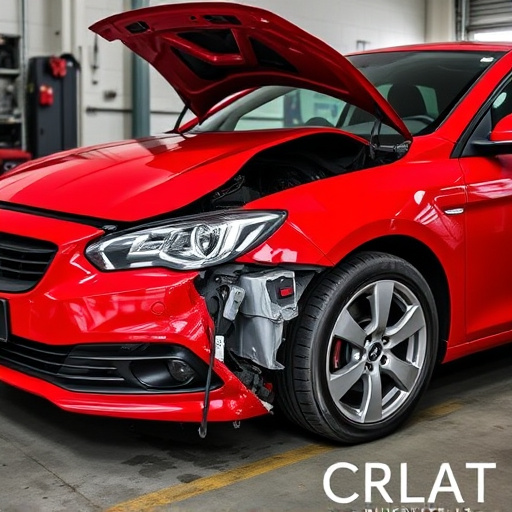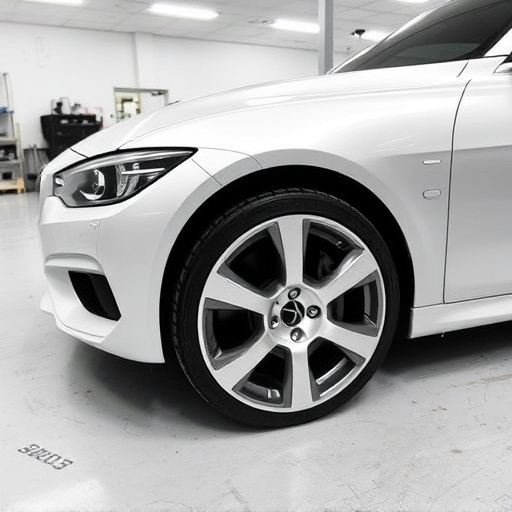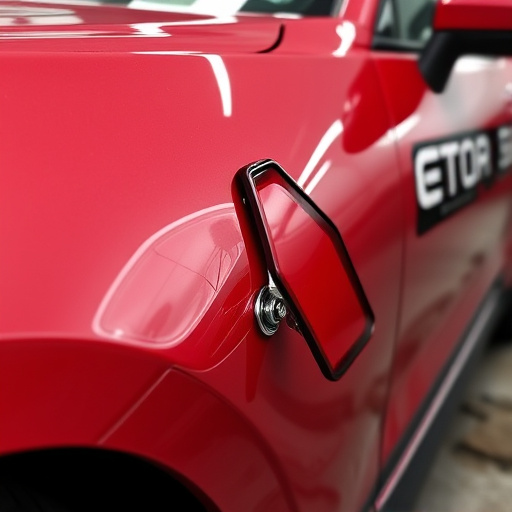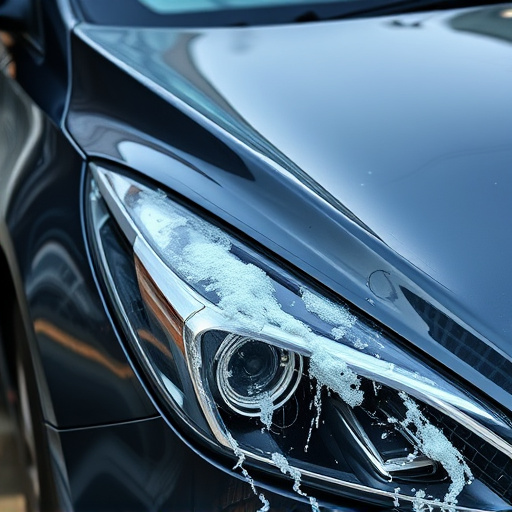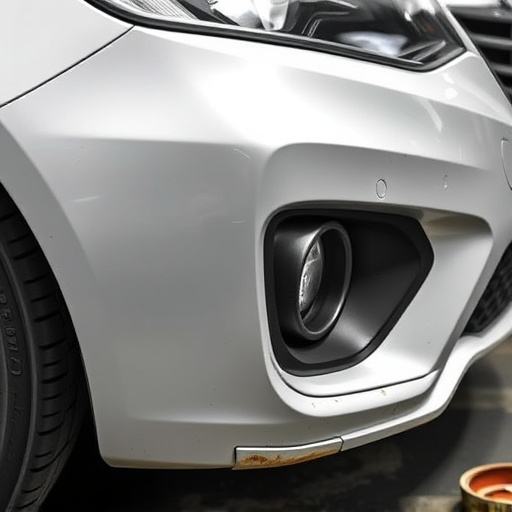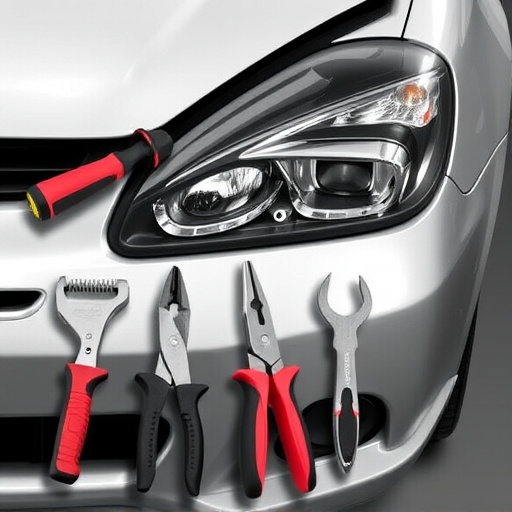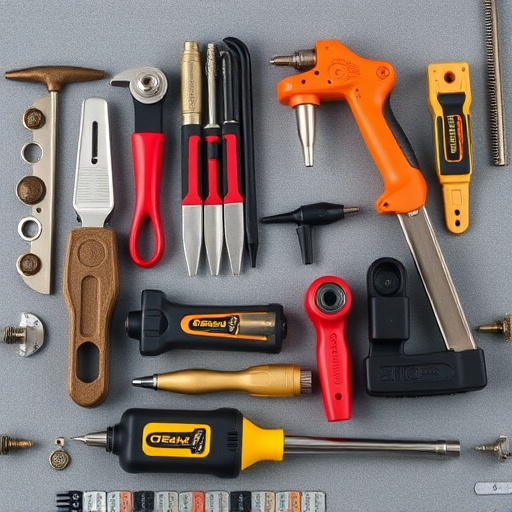Visual documentation through before-and-after photos is a vital part of the repair approval process for autos, ensuring transparency and accountability. Skilled technicians capture detailed images from various angles to create repair estimates, boosting customer trust and facilitating smoother vehicle restoration in body shops. Integrating photography streamlines operations, improves satisfaction, and maintains repair integrity, enhancing efficiency within collision centers.
In today’s digital age, photographic evidence plays a pivotal role in streamlining the repair approval process. This article delves into the profound impact of visual documentation, exploring its ability to facilitate faster, more accurate assessments. We trace the path from capturing compelling images to obtaining approvals, highlighting key benefits and challenges. Understanding these intricacies empowers stakeholders to optimize their repair procedures, ultimately enhancing customer satisfaction.
- Understanding the Impact of Visual Documentation
- The Process: From Capture to Approval
- Enhancing Accuracy: Benefits and Challenges
Understanding the Impact of Visual Documentation
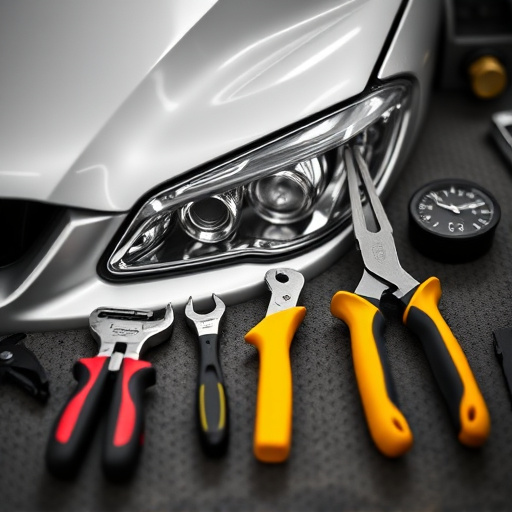
Visual documentation plays a pivotal role in the repair approval process, offering a clear and concise window into the condition of vehicles before, during, and after repairs. In an industry like automotive services, where aesthetics and functionality are tightly interwoven, photographic evidence acts as a powerful tool for both repair estimators and customers alike. These images not only capture the extent of damage but also highlight the precision and quality of subsequent auto repair services, including vehicle paint repair and tire services.
By examining before-and-after photos, estimators can verify that repairs align with industry standards, ensuring customer satisfaction and peace of mind. For clients, these visual records provide transparency and allow them to understand the process better, fostering trust in the auto repair shop’s capabilities. This emphasis on visual documentation enhances accountability within the repair approval process, ultimately contributing to a smoother, more reliable experience for all parties involved.
The Process: From Capture to Approval
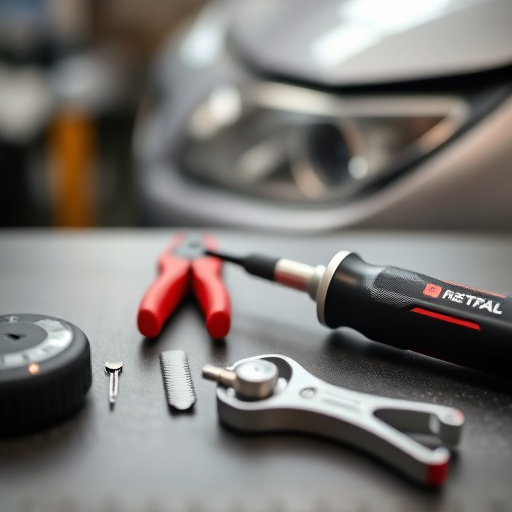
The process of obtaining approval for auto body repairs begins with meticulous documentation via photography. Skilled technicians capture detailed images of the damaged vehicle from various angles, ensuring every dent, scratch, and crack is visible. This initial step is crucial as it forms the basis for the repair estimate and subsequent approval. The high-resolution photos are then compiled into a comprehensive report, along with descriptions of the required auto body repairs.
This documentation is presented to the insurance company or relevant authority for evaluation. They thoroughly examine the photographic evidence and compare it against industry standards and repair guidelines. This meticulous review ensures that the proposed auto body repairs align with the extent of damage and are necessary. Once approved, the vehicle can proceed to the restoration phase in a vehicle body shop, where skilled technicians meticulously restore it to its pre-incident condition using top-quality vehicle repair services.
Enhancing Accuracy: Benefits and Challenges
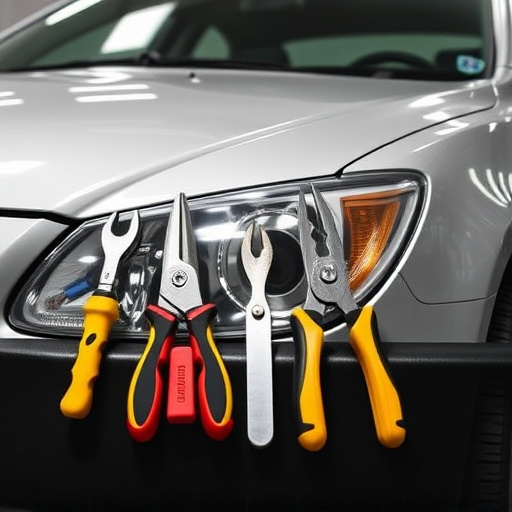
The integration of photographic evidence into the repair approval process significantly enhances accuracy, providing a clear and tangible record of the vehicle’s condition. Before and after images serve as irrefutable documentation, allowing for detailed comparisons and facilitating smoother decision-making. This visual approach is particularly beneficial in complex cases or when assessing subtle repairs, ensuring consistency and reducing subjective interpretations.
However, incorporating photographic evidence also presents challenges. Capturing high-quality, non-biased images requires specialized knowledge and equipment, especially in dynamic environments like auto collision centers. Additionally, the interpretation of these visuals can be context-dependent, requiring trained professionals to avoid miscommunication. Despite these hurdles, tire services and fleet repair services can leverage the power of photography to streamline operations, improve customer satisfaction, and maintain the integrity of repairs, ultimately enhancing the overall efficiency of auto collision centers.
Photographic evidence plays a pivotal role in streamlining the repair approval process, offering an accurate and visually compelling record. By documenting repairs through high-quality images, professionals can ensure transparency and facilitate efficient decision-making. However, challenges such as standardization and context interpretation require careful navigation to maintain accuracy throughout the process. Embracing digital advancements and implementing best practices can enhance the overall effectiveness of visual documentation in repair approval.
